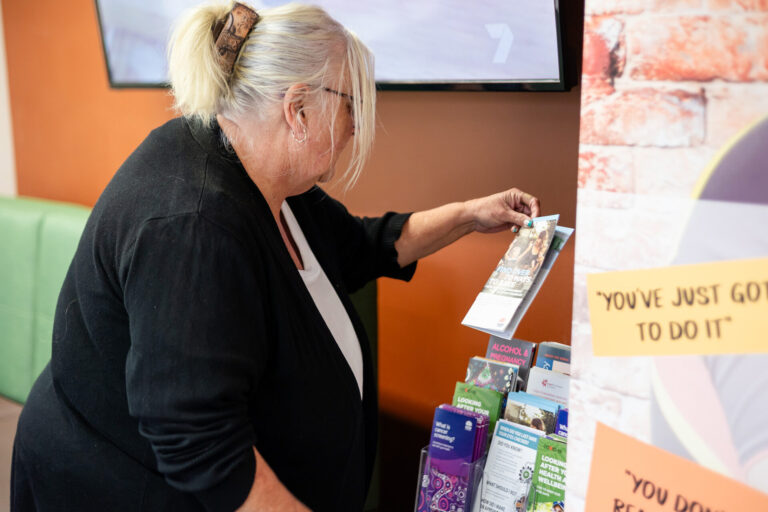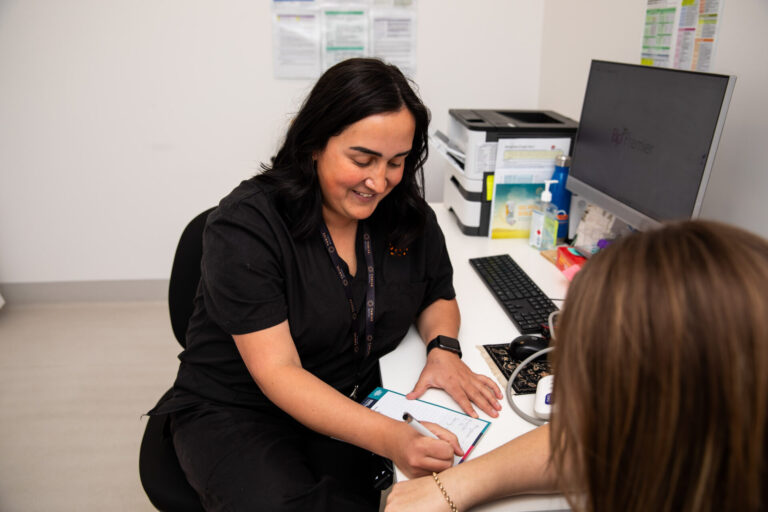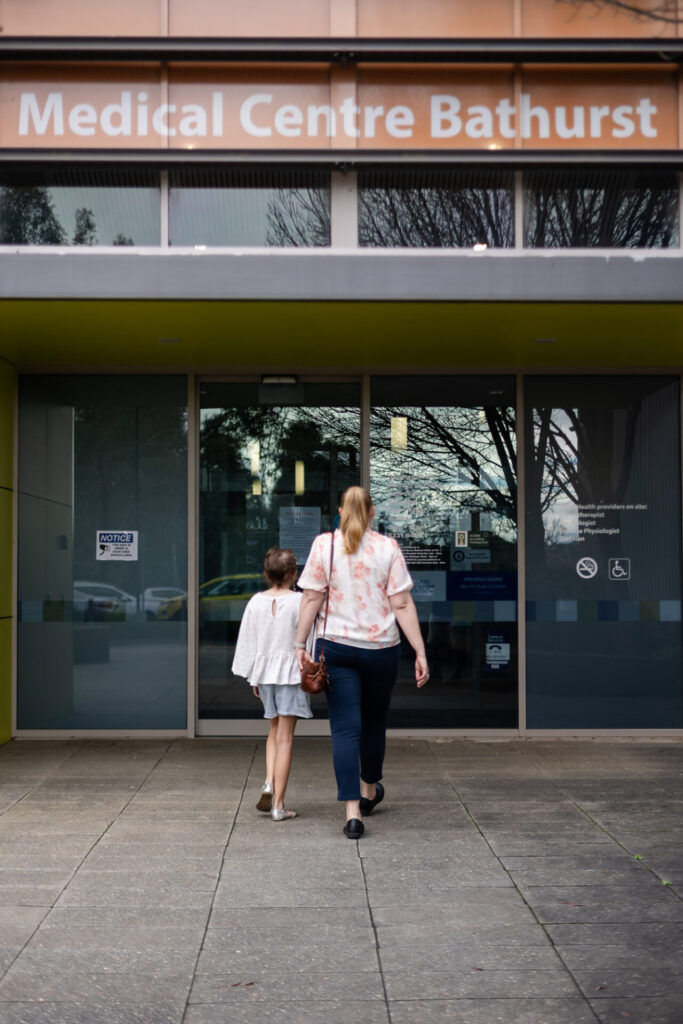Disaster Support - Our Community

Disaster management for communities in Western & Far West NSW

The Western and Far West NSW region has experienced its fair share of disasters, from floods and bushfires to droughts. Communities across the region have felt the devastating effects of these events, and it’s crucial to be prepared.
This page provides valuable disaster recovery resources and community disaster planning tools to help you and your loved ones better prepare for, respond to, and recover from disasters. Whether you’re creating a disaster plan or looking for recovery resources, the information here will guide you through each phase.



Plan

Emergencies can occur unexpectedly, and being prepared can make all the difference. Having a disaster plan in place is vital for protecting yourself, your family, and your community. Here are a few tips to help you get started:
- Prepare an emergency kit using the Australian Red Cross Emergency Pack List as a guide.
- Create and practice a disaster plan that includes:
- Where to shelter
- Evacuation routes
- Family communication strategies
- Medication and scripts
- Connect with neighbours to provide mutual support during a disaster.
- Listen to local officials:
- Local governments have systems in place to help area residents learn about impending or occurring disasters. The timely information these entities provide can help you understand what threats are present and know when it’s necessary to evacuate. Sign up for alerts from local and national organisations to get the information you need and remember that the groups that provide these messages are experts. Respect their warnings and follow their guidance as closely as possible for your own safety.
- Identity documents such as drivers licences, birth certificates and passports.
- Manage the details:
- Take note of your insurance policy numbers and keep this information in a safe place that’s easy to access. You’ll want the numbers for your vehicle, home and any other relevant policies you’ve purchased relating to things that might get damaged during a disaster. It’s also a wise idea to have your insurance company’s claims department phone number on hand in case you need to start the process right away.
Further information and resources:
Respond

Stay updated with emergency alerts and warnings during a disaster. It’s important to have reliable sources of information to make well-informed decisions. Here are some trusted resources:


Evacuation Centres
Evacuation Centres may be set up in your area during a disaster to provide relief. These centres are advertised on local radio, government websites, and social media channels.
Mental Health Support
- Medicare Mental Health – Call 1800 595 212 between 8.30am and 5pm, Monday to Friday for free mental health support.
- Lifeline – Call 13 11 14 for 24/7 crisis support.
- 13YARN – Call 13 92 76 for 24/7 crisis support for First Nations Australians.
Important health advice about flood water
- Never use floodwater or water that may have been compromised by floods to wash dishes, your hands, brush your teeth, make ice or make baby formula.
- Always wash your hands with soap and safe water after touching anything that has been exposed to flood water.
- Be careful when entering flood water if you have any wounds. Flood water can carry harmful bacteria from sewage contamination, increasing the risk of diseases such as leptospirosis.
- Trench foot, or immersion foot syndrome is a serious condition that is a result of feet being wet for too long. Always wear shoes or gumboots in flood waters. While it is a significant condition, it is also preventable with care – be aware of symptoms such as cold, numb, pale, swollen or clammy feet and seek medical advice as soon as is practical.
Stagnant water can also lead to a rise in mosquito-borne diseases, so click here for tips on how to protect yourself. NSW Health also have some great tips on staying healthy during and after floods.
Helping during a disaster
There are many ways to help during an emergency – either as a volunteer or as a donor.
Preparing food for others is a natural response in an emergency, but it is often not practical for emergency services to accept donated, ready-to-eat food during emergencies.
If you’d like to donate food or help in any other way, contact the Red Cross, a local emergency service organisation, or your local council to find the best way to help.
Accessing medical help
If you cannot access your usual doctor or pharmacy, support for non-urgent medical advice is available through:
- – allows you to easily search for the closest doctor, pharmacy or other health services that are open now, including after hours.
- (1800 022 222) – provides 24/7 health information, advice and referral for all Australians no matter where they live and when they need help.
- After Hours GP – with clinics in Dubbo and Bathurst
In a life-threatening emergency, always call 000.
Healthcare providers may be able to access your medical records via My Health Record.
If you’re not sure where to find a health service, click here.
If you don’t have your Medicare card and need to replace it, call 13 20 11.
Medication and scripts
In an emergency where you are not able to reach a community pharmacy, a public hospital pharmacy might fill your prescription if they have medicines available.
If you don’t have a prescription, call your doctor and ask them to send your prescription to a pharmacist near you or provide them with a verbal request.
If you are unable to see your usual doctor, try making a telehealth appointment and have a script sent to you or your pharmacy electronically.
Your pharmacist may be able to provide additional options.
If you are concerned about the safety of your medicine, contact your pharmacist or doctor, or the NPS Medicines Line 1300 633 424.
Recover

Disasters can leave lasting effects, not only on the infrastructure but on the mental and physical health of those affected. Which is why the recovery phase is essential.

Recovery centres
The NSW Reconstruction Authority may establish recovery centres in disaster-affected communities, where you can access support for regaining lost or damaged documents, including Medicare cards.
The recovery centre staff can support residents to apply for disaster grants and payments if the event triggered a formal disaster declaration. Residents and businesses are able to visit recovery centres to seek support with financial recovery.
Mould
After floods, excess moisture and standing water contribute to the growth of mould in homes and other buildings. When re-entering your flooded home, be aware that mould may be present and could pose a health risk to your family. If you find mould growing in your home, affected areas or items should be treated to remove mould spores as soon as possible.
Further information and resources:
- Cleaning up after an emergency (water damage)
- Preparing to return home following a bushfire evacuation
- NSW SES Recovery Guide
- Supporting children and families to prepare and recover through bushfire events
- Supporting children and families to prepare and recover during and after a flood event
- Supporting child and family mental health and wellbeing during drought
Mental health
The mental, physical and financial impact on those affected by disasters can continue long after the water has dried up or the fires are put out.
It’s important to avoid unhealthy habits and things that won’t help when you have experienced a disaster. Remember to:
- Acknowledge your emotions and share them with people you trust.
- Keep in touch with your friends, family and colleagues.
- Be patient with yourself; reassure yourself that you can get through this.
- Keep to your normal routines as much as possible.
- Physical exercise is helpful, in addition to eating regular, healthy meals.
- Use deep breathing and relaxation techniques if you feel tense and anxious or to assist with sleep disturbances.
- Allow yourself some personal space and acknowledge that you have been through a difficult time.
And remember, support is available. Find the support service that’s right for you.
FAQS

What is emergency preparedness?
Emergency preparedness means taking action to be ready for emergencies before they happen. The objective of emergency preparedness is to simplify decision making during emergencies.
How should I prepare for an emergency?
Develop an up-to-date emergency response plan. Be sure to include the following in your plan:
- Where to shelter
- A route for evacuation
- Getting emergency alerts and warnings
- Communication (how you will receive information/alerts, and how you will communicate to your patients)
How often should I review my emergency plan?
Emergency plans should be dynamic and routinely reviewed and updated to reflect a changing environment. Ensure you are familiar with your emergency plan leading into the pre-seasons (i.e. review your Bushfire Emergency Plan in Spring).
What happens if we need to evacuate?
In the event of a fire, flood or other disaster it may be hard to think clearly. Staying informed can help you make better decisions if you need to evacuate.
If you’re concerned about your safety, don’t wait to be told to evacuate; prepare and leave early.
- The best way to know if you need to leave is to monitor the local ABC radio station, television broadcasts, emergency service updates and weather warnings. Remember, if mobile or power networks are down, a battery-operated radio and radio broadcasts may be your primary source of information.
- If there’s time before you leave, turn off the power, gas, water, and lock the doors and windows.
- Plan where you will evacuate to – whether that is with friends or family in a safe location, rented accommodation in a safe location, or an evacuation centre.
If an evacuation centre is open, the location will be communicated by the relevant emergency service. For an evacuation centre in a:
- Bushfire – Download the Hazards Near Me app, visit the Rural Fire Service (RFS) website or follow it on Facebook or X (formerly Twitter).
- Storm – Visit the State Emergency Service (SES) website or phone 132 500 or follow it on Facebook or X (formerly Twitter).
- Flood – Visit the State Emergency Service (SES) website or phone 132 500 or follow it on Facebook or X (formerly Twitter).
- Check evacuation routes are open via the Live Traffic website or app.
- Advise family, friends or neighbours of your decision to leave and where you plan to evacuate to.

